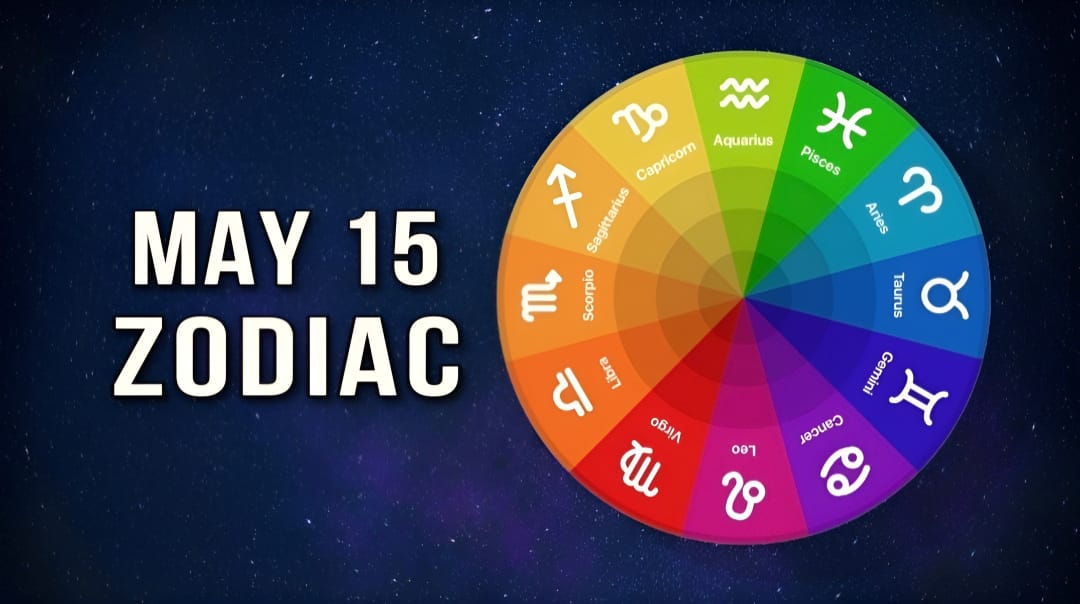In last night’s episode of House of the Dragon, the political intrigue and fiery conflicts took center stage as the Greens—led by Otto Hightower and Queen Alicent—made their decisive move.
With King Viserys dead, the struggle for succession intensifies, placing Rhaenyra Targaryen and her claim to the Iron Throne in jeopardy. This episode leaves viewers with many questions, particularly regarding the actions of the dragons and their riders.
One of the most compelling moments involves Vhagar’s attack, raising the question: why did Vhagar burn Aegon but not Rhaenys? Let’s delve into the details.
The Greens’ Strategic Move
The death of King Viserys sets off a chain reaction within the Red Keep. Otto Hightower and Queen Alicent immediately convene the Small Council, where they plot to replace Rhaenyra with her half-brother Aegon.
Alicent justifies this coup with the king’s delusional deathbed ramblings. Otto and his co-conspirators have long been planning this move, arguing that Rhaenyra’s gender disqualifies her from ruling.
At this crucial moment, most of Team Black—Rhaenyra’s supporters—are away from King’s Landing. Rhaenyra and Daemon are at Dragonstone with their children, unaware of the king’s passing.
The Greens have successfully kept Viserys’s death a secret, buying themselves time to execute their plan. The only significant ally for Rhaenyra in the Red Keep is her cousin, Princess Rhaenys, who is quickly imprisoned by the Greens.
Rhaenys’s Dilemma
Princess Rhaenys, having been passed over for the Iron Throne years before, represents a significant figure in this power struggle. When Queen Alicent approaches her in her chambers, Rhaenys refuses to join the Greens, seeing through Alicent’s manipulation.
Rhaenys believes that supporting Rhaenyra could right the wrongs of the past, as her own claim was dismissed due to her gender. This conviction aligns her with Rhaenyra’s cause.
Rhaenys’s situation becomes more complicated when Erryk Cargyll helps her escape. As she navigates the chaos in the city, she finds herself among the common folk, who are being herded to the Dragonpit for Aegon’s coronation.
This twist of fate gives her the opportunity to retrieve her dragon, Meleys, also known as the Red Queen.
The Dramatic Coronation
During Aegon’s coronation, Rhaenys seizes the moment to make a bold statement. She sneaks into the dragon chambers below, mounts Meleys, and dramatically interrupts the ceremony by breaking through the floor of the Dragonpit.
This shocking display scatters the crowd and leaves the Greens in utter disbelief.
In this tense moment, Rhaenys has the chance to end the conflict before it truly begins. With a single command—“dracarys”—she could burn the Greens to ashes.
However, she chooses not to, sparking intense debate among fans. Why didn’t she take this opportunity to eliminate her enemies and secure a swift victory for Rhaenyra?
Rhaenys’s Decision: A Complex Web of Reasons
Rhaenys’s decision not to burn the Greens is multifaceted, reflecting her character’s complexity and the intricate political landscape of Westeros. Here are the key reasons behind her choice:
1. Rhaenys Is Not a Cold-Blooded Killer
Rhaenys hails from a generation that values peace and diplomacy. Her grandfather, King Jahaerys, and her cousin, King Viserys, both ruled during long periods of relative peace.
These rulers often resolved conflicts through negotiation rather than violence. Rhaenys shares this disposition, making her reluctant to resort to mass murder as a solution.
2. The Stigma of Being a Kingslayer and Kinslayer
In Westeros, killing a king—even a usurper—is a grave act that carries significant consequences. Aegon has been anointed by a Septon and crowned in front of the entire city.
Killing him would brand Rhaenys as a Kingslayer, a title that would tarnish her honor and that of House Velaryon forever.
Worse still would be the title of Kinslayer. She would be killing her own kin, including her nephews and niece, as well as Queen Alicent and Otto Hightower. This act would make her an outcast, even among her allies, and provoke retributive justice from powerful factions.
3. The War Has Not Yet Begun
At the time of the coronation, the conflict has not escalated into full-blown war. No blood has been shed, and there is still a possibility of resolving the succession dispute through diplomacy.
Rhaenys, being a person of honor, does not want to be the one to initiate violence. She hopes for a peaceful resolution, where perhaps Rhaenyra can secure the throne without plunging the realm into chaos.
4. The Presence of Innocents
Among the Greens are innocents who have not directly wronged her or committed treason. Young Princess Helaena, for example, is innocent of any crime. Aemond, although aligned with the Greens, has not yet committed any heinous acts. Even Aegon was reluctant to take the crown. Killing them all would mean spilling innocent blood, something Rhaenys is not willing to do.
5. Religious and Political Ramifications
Killing the Septon during the coronation would outrage the faithful and provoke condemnation from the High Septon and the church.
This act could have long-lasting ramifications for Rhaenys and her family. She must also consider the political fallout. Such an act of violence would make her enemies across the Seven Kingdoms, including in powerful cities like Oldtown, the seat of House Hightower.
6. Personal Connections
Rhaenys has known many of the people on the dais for years. They are not strangers or invaders but people she has shared her life with. Even Alicent was just a child when Rhaenys first came to King’s Landing.
The emotional burden of killing people she has known and perhaps respected or even loved is immense. This personal connection makes it difficult for her to justify such an act of violence.
The Bigger Picture: Strategic Considerations
Rhaenys’s decision also reflects a broader strategic consideration. The Greens are currently in a position of strength, with the advantage of surprise and control over King’s Landing.
However, the Blacks, led by Rhaenyra, still have significant assets, including dragons and loyal supporters.
Rhaenys understands that an outright attack might not guarantee a decisive victory. Instead, it could provoke a more severe backlash and lead to further bloodshed. By showing restraint, she maintains the moral high ground and leaves open the possibility for strategic alliances and negotiations.
The Battle at Rook’s Rest
The conflict reaches a pivotal moment with the Battle at Rook’s Rest. Three dragons—Meleys, Vhagar, and Sunfyre—clash in a brutal aerial battle. Despite her battle experience, Rhaenys and her dragon Meleys are eventually overpowered by Vhagar, ridden by Aemond.
Rhaenys’s actions during this battle highlight her bravery and strategic thinking. She recognizes the threat posed by Vhagar, the largest and most formidable dragon.
Despite having opportunities to retreat, Rhaenys chooses to engage in battle, knowing that defeating Vhagar could significantly weaken the Greens’ position.
Her sacrifice underscores the stakes of the conflict. By choosing to fight Vhagar, Rhaenys aims to remove a critical asset from the Greens, even at the cost of her own life.
This decision reflects her understanding of the broader implications of the war and her commitment to her cause.
The Aftermath and Future Implications
The death of Rhaenys and Meleys at Rook’s Rest is a significant blow to Rhaenyra’s faction. It highlights the brutal reality of dragon warfare and the high cost of the coming civil war.
With the loss of one of their most experienced dragon riders, the Blacks must reconsider their strategies and resources. For the Greens, the victory at Rook’s Rest solidifies their control over the mainland.
However, the conflict is far from over. The power struggle between the Greens and the Blacks will continue to escalate, with both sides preparing for further battles and political maneuvers.
Conclusion
The events of House of the Dragon continue to captivate audiences with their complex characters and intricate political drama. Rhaenys’s decision not to burn the Greens, despite having the opportunity, reflects her deep sense of honor, personal connections, and strategic thinking.
Her ultimate sacrifice at Rook’s Rest underscores the high stakes of the conflict and sets the stage for the intense battles to come.
As viewers eagerly await the next episodes, the question remains: how will the remaining factions navigate the treacherous landscape of Westeros? The answers will undoubtedly shape the future of the realm and the legacy of the Targaryens.










































